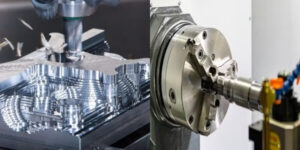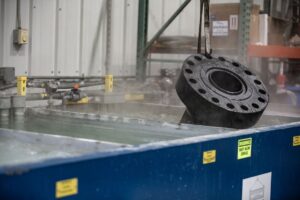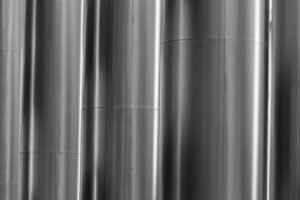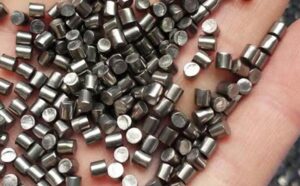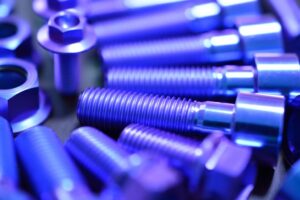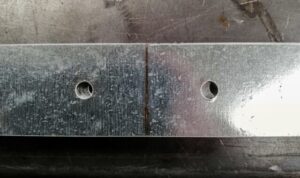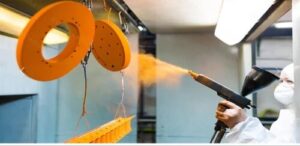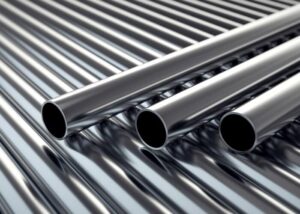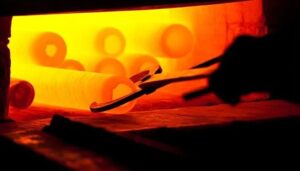
Heat Treated Steel Explained: What It Is and Why It Matters
Heat-treated steel is steel that has been heated and cooled in a specific way to change its internal structure. It works by changing the microstructure of steel, which is made up of grains that form during solidification and cooling. The goal is to control how these grains form and change.

